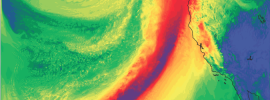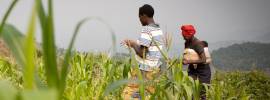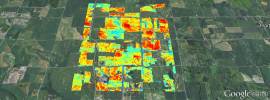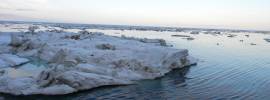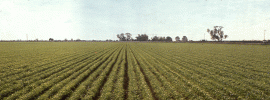Research Areas
While Earth System Science's research projects cover a wide breadth of fields, a special focus on five areas unites much of the work being done today.
Interactions between the ocean, atmosphere, land, cryosphere, and biosphere control Earth's climate. Research performed within the ESS department aims to characterize and model the fundamental dynamics of the climate system to predict its response to anthropogenic forcing and to provide avenues for mitigation.
From major elements such as carbon and nitrogen to trace elements such as arsenic and uranium, faculty and students in the ESS department study the biological, chemical, and physical processes driving their cycling through land systems (including soils, lakes, streams, and groundwater), oceans, and atmosphere.
The Earth’s environments have been shaped by biological evolution over geologic timescales, and biological evolution has in turn responded to environmental evolution. Geobiology is at this interface, often rooted in modern local observations and integrated over large spatial and temporal scales via the geologic record. The Stanford program in Geobiology and Paleontology has strong emphasis both on how organism metabolism and physiology influence modern environments and how strong feedbacks can emerge when viewed over the great sweep of Earth history via the sedimentary and fossil records. Coupled with strengths in geochemistry, sedimentary geology, environmental science, microbiology, ecology, and evolution, Stanford is a vibrant community for geobiological research.
Human activities, such as urbanization and agriculture, have profound effects on landscapes by modifying their physical and biological properties. The ESS department monitors how the landscape is being used with remote sensing technologies and models their dynamics in order to catalog the changes and develop better policies.
The environment is constantly changing and these changes, natural or man made, may have severe repercussions on the health of the earth's ecosystems. The ESS department studies if and how these ecosystems adapt and evolve in response to these external pressures.
The earth resources that feed and shelter populations are limited, coveted and precious. The ESS department researches the best practices such that future generations may enjoy the same benefits from the earth's ecosystems that we do today.


